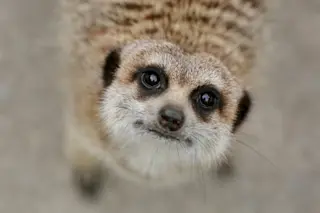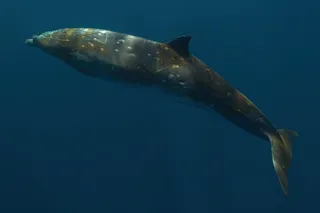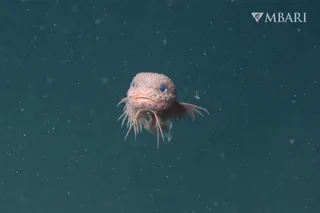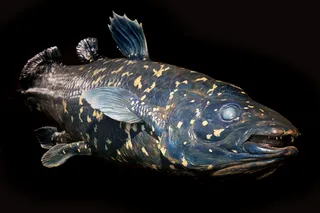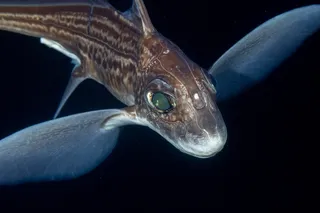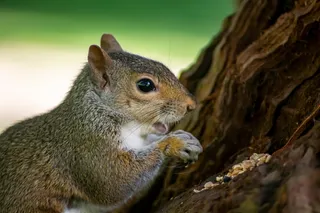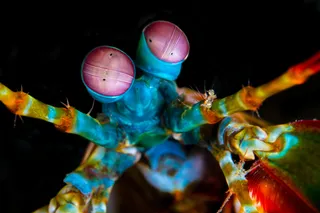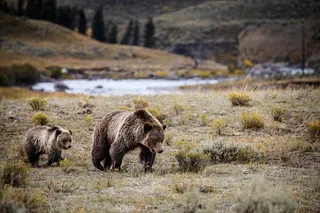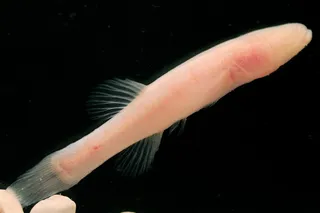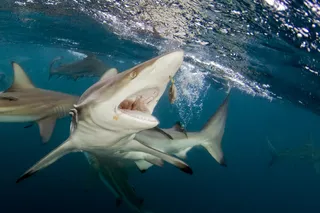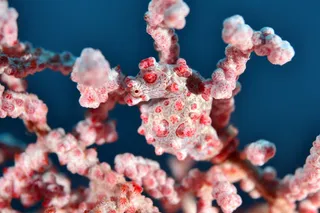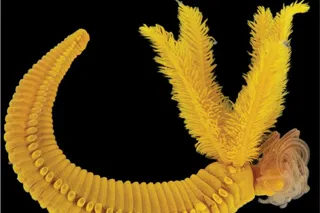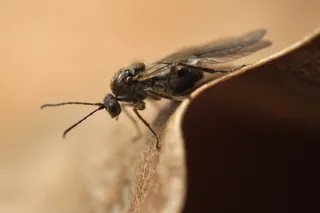The cutest animals according to Discover Magazine are the red panda, fennec fox, quokka, koala bear, sea otter, hedgehog, meerkat, giant panda, penguin, pika, arctic fox, axolotl, rabbit, sugar glider, capybara, Japanese weasel, margay, pygmy marmoset, raccoon dog, and the sand cat.
This list is a mix of mammals, amphibians, and birds, and range in location from North America, to the Eastern Himalayas.
There are about 9 million species on planet Earth that exist today, according to a paper in PLOS Biology. While it’s impossible to discern from all of these species which are the cutest animals of all time, there are certain behaviors and features that attract us to certain creatures.
Psychologically, as humans, we are drawn to baby animals because of our nurturing instinct. And we are even addicted to sharing cute animals on social media because it elicits a positive response, according to a new study in ...



